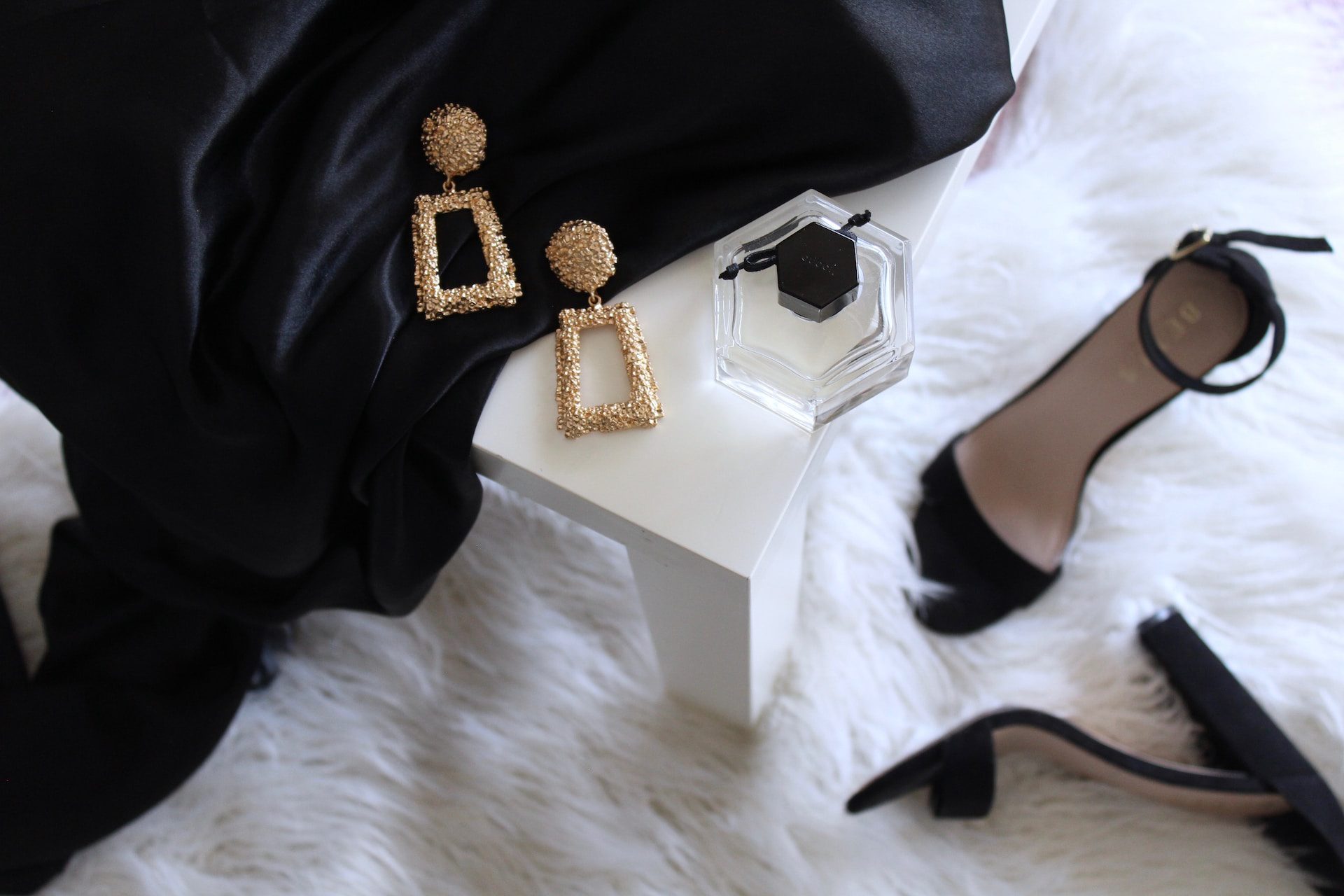Imagine the frustration of entering a store with no clear signage, disorganized shelves, and no staff to guide you. How long would you stay? The same applies to website navigation.
Premium products make up a huge part of the market. It might seem that in the current economy people would care a lot less about owning them, but nothing could be further from the truth. Clothes, jewelry, haberdashery, watches, cars and premium cosmetics continue to sell well. Consumers are also willing to invest in exclusive services. Would you like to know how to create and promote a high-end brand that fulfills the desire of luxury? Read this article and learn the know-how!
What is a luxury brand?
The definition says that a luxury brand is a person, company, merchandise or service that is recognized as having exceptional value in the perception of the target group. Such goods are a collection of different characteristics that make a brand better than others and although you can buy its products in many places not everyone can afford to obtain them. The main factors that affect whether you can purchase such a commodity or service is its availability and your financial resources.
On some occasions customers are required to join waiting lists and endure a wait that can extend to several years, just to acquire items that have limited availability. Such products include, for example, the luxury brand Hermes Birkin Bag or Bugatti cars. Not everyone can afford to buy a purse for tens of thousands or a car for several millions of dollars. In fact, most people cannot afford to purchase such products.
Is buying luxury brand items an investment?
Premium brand products are often referred to as an investment, not just true luxury. Is this really the case? It all depends on the specific item bought. Some of them are not desirable at all and may turn out not to gain value over time. However, it turns out that many products with luxury labels are actually a great investment.
Let’s use the famous Chanel 2.55 purse as an example. It gets more expensive not every year, but every month! It was priced at $1,150 in 1990, which still was a lot of money back then. At the end of 2021, people who wanted to purchase it had to pay $8,800. This purse has been a status symbol for years, and it becomes more luxurious as time goes by.
What is the focus of premium brand owners?
You need to know that high-end brands are different from those available in regular chain stores not only in terms of prices but also exclusivity. Keep in mind that the branding, marketing and sales strategies used also differ. What do these companies focus on?
High-end products
The key to creating your own luxury brand that will be sought after are high quality products. Soft, embossed leathers, delicate silks and extraordinary technological solutions that cannot be found anywhere else. It is the quality that encourages many people to buy expensive premium products, making it an investment in things that will last a long time.
For example, luxury brands in fashion are known for making products by hand. They also use the best quality materials, which are available only from time to time. Before you start branding your luxury products to potential consumers, you need to make sure they are of the highest quality because only then will the clients want to pay more for them.
Rising the client’s status
Buying luxury goods definitely has a lot to do with building one’s social standing. One of the most common motives for obtaining this type of product is that it elevates our status. Wearing haute couture from premium brands and driving expensive cars makes us feel better about ourselves. It is a way of showing that a person can afford such a luxury. When going through the branding activities, it is worth considering how your merchandise can raise the social status of the customers who buy it, and if it can do that at all. It is also a good idea to consider whether your products can help the customer show their status to the world right away.
Keep in mind, however, that this does not boil down to putting a huge logo on everything you sell. Of course, there is nothing wrong with luxury branding based on a large logo, but the process of doing so should be thoughtful and coherent with the company’s vision, as is the case with Louis Vuitton or Gucci. If using a small logo is more consistent with your vision, then you should definitely go for it. One example of such companies is Lacoste, which focuses on more subtle branding.
Shopping as a pleasant experience
You need to know that how premium products are purchased is the key to customers’ satisfaction. Contrary to appearances, setting the rules of service is an important part of new luxury brands.
If you have ever bought a car from a dealership like Porsche or anything from a Christian Dior, Louis Vuitton, Chanel or Prada brand stand, you certainly know what we mean by that. The service in such stores is usually excellent, the employees ensure that all displays of high-end goods stay consistent with the brand. The concierge opens the door, the salesperson presents you with all the products you are interested in and answers your questions thoroughly, you are treated to drinks, and after the purchase the products are packed as if they were gifts. All this makes you feel special and realize that you are investing money in a unique and classy brand.
Of course, from time to time it happens that the service in such stores is unprofessional. The recruiters are human and can occasionally make errors when selecting candidates – although a single complaint email is often enough for a brand to take action. Remember that all the elements related to your business matter – this includes web design, photos on social media or how you answer the phone on the hotline.
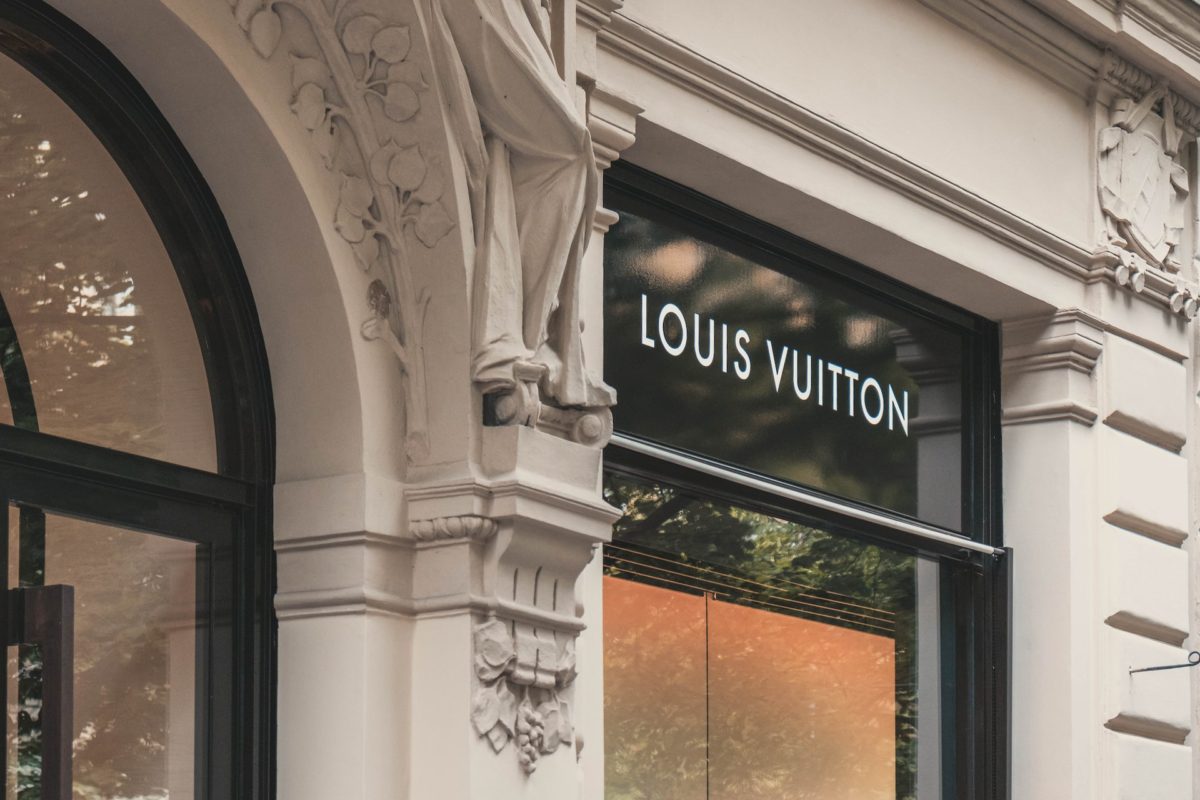
Limited goods
The principle of unavailability is one of the six principles of influencing people developed by Cialdini for branding and advertising activities in general. It is the number one principle used by premium brands. There is nothing luxurious about purses that can be bought by every twentieth woman in the world. The situation is entirely different if, for example, only two thousand copies are released to all existing boutiques. Luxurious car producers adhere to the same rules. Some brands even choose to release very limited quantities of products to create scarcity. It is often heard that there are only ten or twenty cars of a given model in the world. Such vehicles are extremely expensive and very few people can afford to buy them.
Why does such an approach work? Imagine that you dreamed of a luxury brand scarf. You travel a lot around the world and go to different brand boutiques, but you keep hearing that what you are looking for is not available. Suddenly you find yourself in a shop where this scarf is in stock. Are you still thinking whether you should buy it? Do you recalculate once again to check if it is worth the money? Absolutely not! You grab it and run to the checkout to finally have that Holy Grail you have been in search of for such a long time. This is exactly how the unavailability mechanism works. The more unattainable something is, the more we want to have it.
Waiting time
Many brands focus on production only after the customer decides to buy something from them. This is, of course, quite an economical solution, but also one of the ways to build luxury branding. You can most often see this model in the automotive industry, but Rolex, for example, also works on the same principle. This waiting time evokes a feeling in the customer that they are buying something special that is prepared only for them, which makes it worth the wait. It increases the desire to own a rare item, which is what exclusivity in branding is all about.
A carefully conceived idea
Typically, there is an idea behind a luxury brand that makes consumers connect with it more and enhances the influence of the marketing message. This approach is commonly used in perfume ads. For example, the luxury brand Lancome once created an advertisement for its new fragrance Idole, in which one of the most popular actresses of the young generation, Zendaya, took part. The product message is about strength, overcoming the limits and girl power movement.
On the other hand, the luxury brand Chanel is the quintessence of elegance. The idea behind it is to dress women in classic, timeless, chic clothes and accessories that make each of them look like a lady – it became an indispensable element of high society fashion.
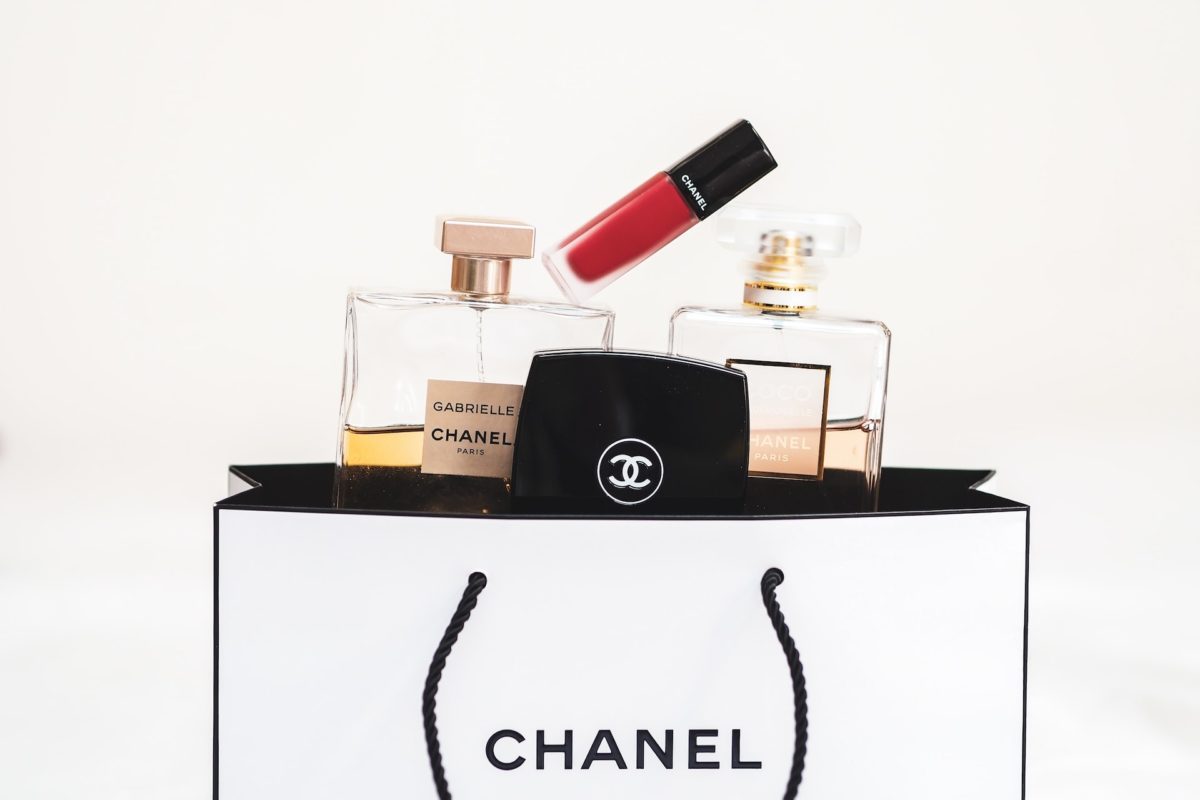
High price point
Typically, luxury brand merchandise is associated with a high price point. This should not come as a surprise to anyone. So why do people still want to buy a dress for tens of thousands of dollars instead of the one for two hundred dollars from a simple fashion shop? After all, consumers usually hunt for bargains which should make the lower price the better option. Indeed, if we have to choose between two items from chain stores that look good and similar, but one of them costs half as much as the other, most people will probably choose the cheaper option.
This is completely different in the case of luxury goods, which the high-end brands create with a totally distinct conception. Research by Thorstein Veblen, an American sociologist and economist, shows that the demand for premium products increases along with their prices. The higher the amount on the price tag, the greater the interest. This is extremely important from the branding perspective. Luxury brands strive to create a sense of exclusivity, and one of the mechanisms used is a price that is not attainable for everyone. So if you want your luxury brand to be a popular choice, do a thorough analysis of your pricing policy.
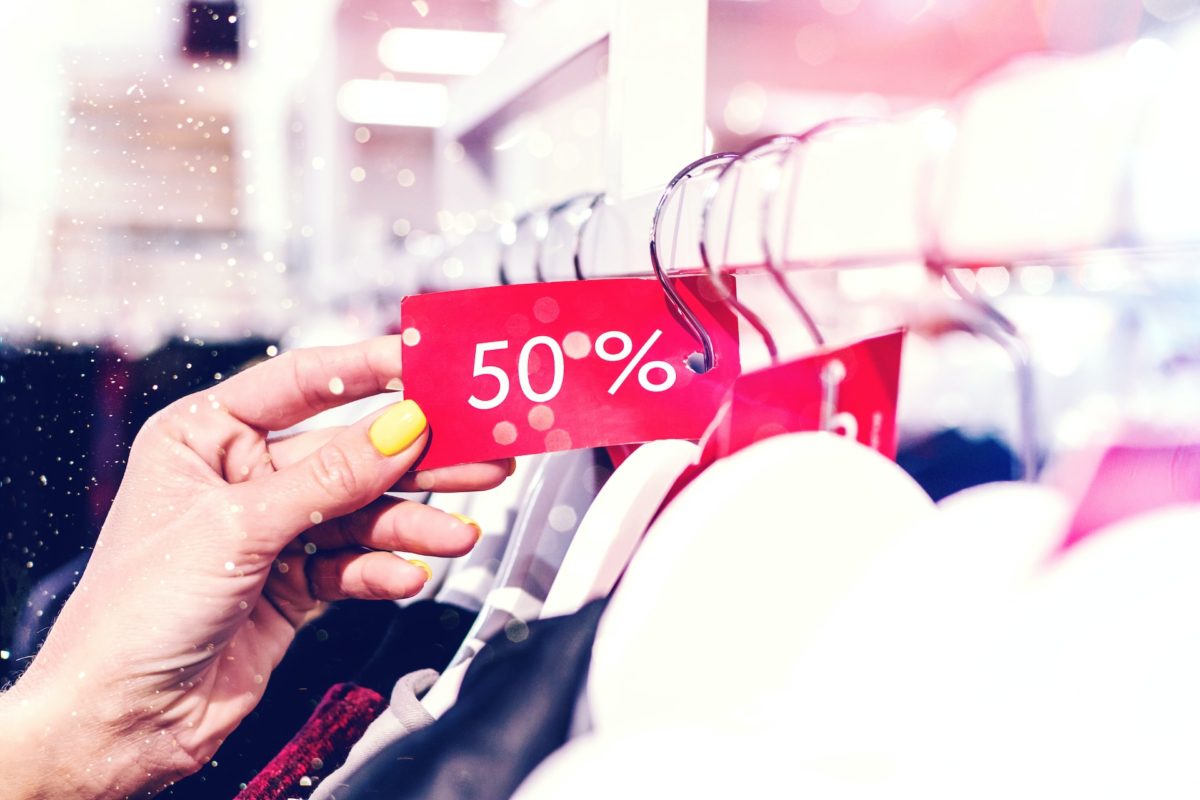
How to build marketing for luxury brands?
After gaining an understanding of the branding strategies employed by luxury brands, the next step is to explore how to effectively brand such a company in a way that appeals to consumers and encourages them to make a purchase. Here is our step-by-step advice on how to set up marketing and online sales once you have a quality product that you want to show to the world.
1. Find your target audience
Identifying an audience of potential consumers who may be interested in your products is half the battle when it comes to branding. This will allow you to determine how you communicate and reach this audience. It is also worth working on narrowing down the niche that will distinguish you from competition and fully match the needs of your target group.
Very interesting examples here are two companies from the automotive industry – Ferrari and Lamborghini. They are similar in terms of both technology and prices. Even so, each one’s target groups are a slightly different niche of customers. Those who care about a deep roar and a strong image would rather choose Ferrari, while those who want a more classic and elegant look purchase a Lamborghini. Both brands operate in the same luxury market segment, have similar technology and price, but their unique elements make their respective products reach a niche of exclusive communities. This is precisely how premium brands should be built.
2. Create brand identity and tell its story
As mentioned before, the idea behind the brand is very important. It should be one of the first elements to analyze during luxury branding activities. Brand history is also important. These two elements strongly intertwine, so you need to focus on quality storytelling. Remember that the ads prepared for premium brands are entirely different from the ones we see every day – they must show the personality of such a brand.
Luxury goods are exclusive in every aspect, including marketing, and you have to prove that your company also has something important to say and is worth paying attention to. When building a brand identity, you can also use branding archetypes, which will certainly help you determine the direction in which your company should go.
3. Build product symbolism
The tangible benefits of owning a product are of course extremely important. They are the starting point when creating your brand, but unfortunately they are not enough to sell high-end goods. Such products should have a symbolic value that will differentiate them from cheaper merchandise and make the whole business unique.
Let’s use a few examples. Tiffany is a luxury jewelry brand associated with romance, Rolex with high social status, sophistication and wealth, Ferrari with the most powerful vehicles, and Chanel with class. Each of these brands evokes something different that a particular audience is prioritizing. During luxury branding activities you need to think about what added functional value your product brings and how to communicate it to people. You can try to hire professionals associated with a given value. Remember, however, that this choice should not be made quickly, you need to pick someone perfectly matched with the brand profile.
For example, while Elon Musk or Bill Gates would be ideal for a Rolex advertisement, they may not be as suitable for a Tiffany ad. It is important to take care of all other details that are crucial for advertising messages. Colors, lighting, the manner of speaking, type of music, images – all this has a huge impact on the way your brand will be perceived.
Successful luxury branding relies on strong product branding that encompass everything from product design to packaging and presentation. Each element is carefully crafted to reflect the brand’s essence and create a memorable and immersive luxury experience for consumers.
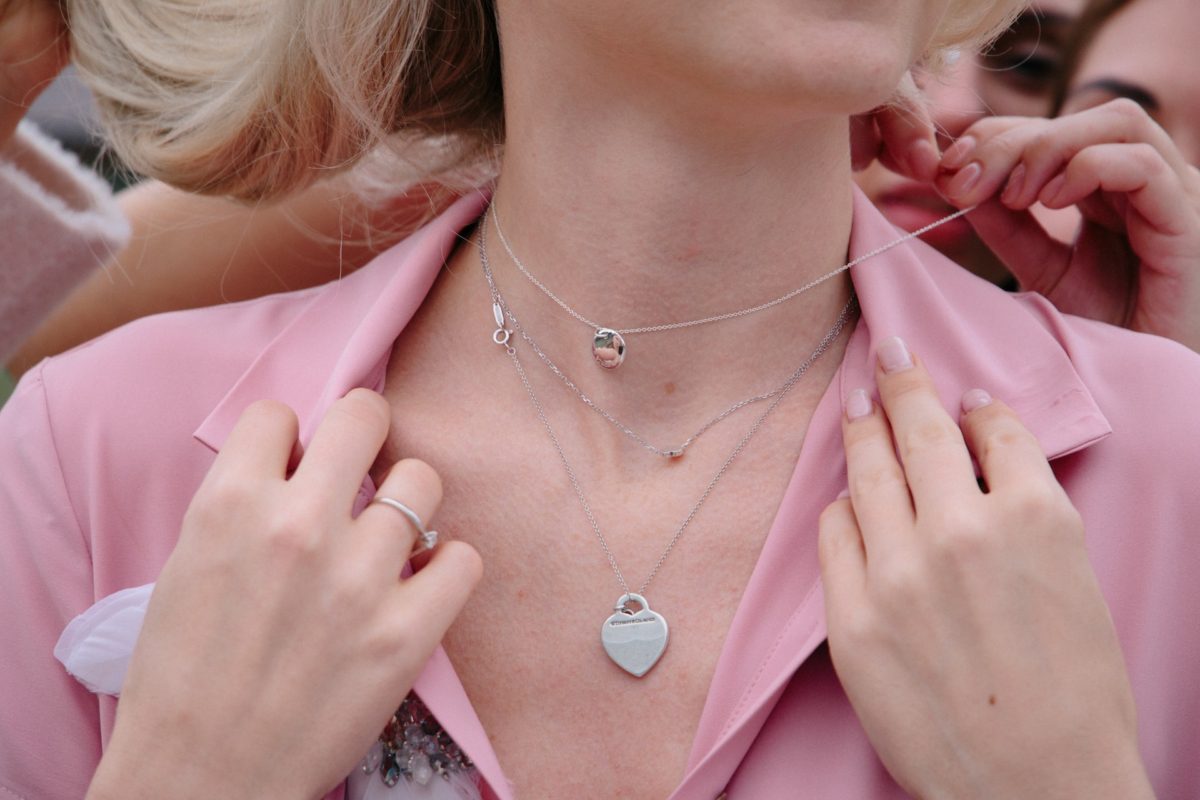
4. Build a sense of exclusivity
A luxury brand is associated with exclusivity, so if you want to enter this world, you have to show your customers that your product gives them exactly that. This is the basis of luxury branding, because exclusivity and luxury are synonymous with such brands. How is the feeling of an exclusive product, brand or service built? Choose the right partners for advertising cooperation, e.g. influencers, actors, singers, journalists or businessmen, and the feeling of limited availability and joining an exclusive club will become almost natural. Some people try to artificially reduce the availability of high-end products, but this does not always work. In some cases the brand can actually lose its reputation if its customers discover that such activities are a recurring practice of a given business.
5. Collect feedback
There is nothing more important in doing business than listening to your potential customers, especially when it comes to the luxury industry. You should know what they think about the product, service, and business concept in general. Otherwise, you will base the whole brand on your own unconfirmed hypothesis, while ignoring the customers’ point of view and needs.
By allowing customers to express their opinions, you get the most relevant information on what should be improved. It is therefore worth conducting professional market research already at the stage of shaping the luxury branding strategy to dispel any doubts. Keep in mind that constantly monitoring and tracking the social trends, as well as customers’ complaints and preferences, can help you better understand what the audience expects from your brand.
6. Create a branding strategy and brand positioning
Based on all the information you have, you can finally prepare a specific concept of marketing communication point by point. It must be completed with attention to details if you want to achieve spectacular success. Specify, among other things:
● your target audience
● your brand mission and values
● brand identity (e.g. its archetype)
● luxury branding short and long term goals as well as turning point
● the brand promise and the way you will address your audience
● the way of publishing announcements
● types of ads you would like to use
● someone to handle the whole branding process
● schedule of various activities
● tools that you need to get started and reach your audience right away
● how other elements of brand positioning will work in a given industry
● your competition and branding they have done
Brand strategy examples can be found on our blog.
7. Analyze the results
There is nothing worse than starting luxury branding activities without any analysis. You have to go through all the hard data, compare it with feedback from customers and draw conclusions. Remember that performing an analysis once every six months is not enough. The process should take place at least once a month and be carried out by a luxury branding agency that knows everything about the given industry. This will allow you to find out, among other things, on which platform business advertising works better, in which areas you can cut the budget down, what kind of activities need more money, what the consumer behavior is like and so on.
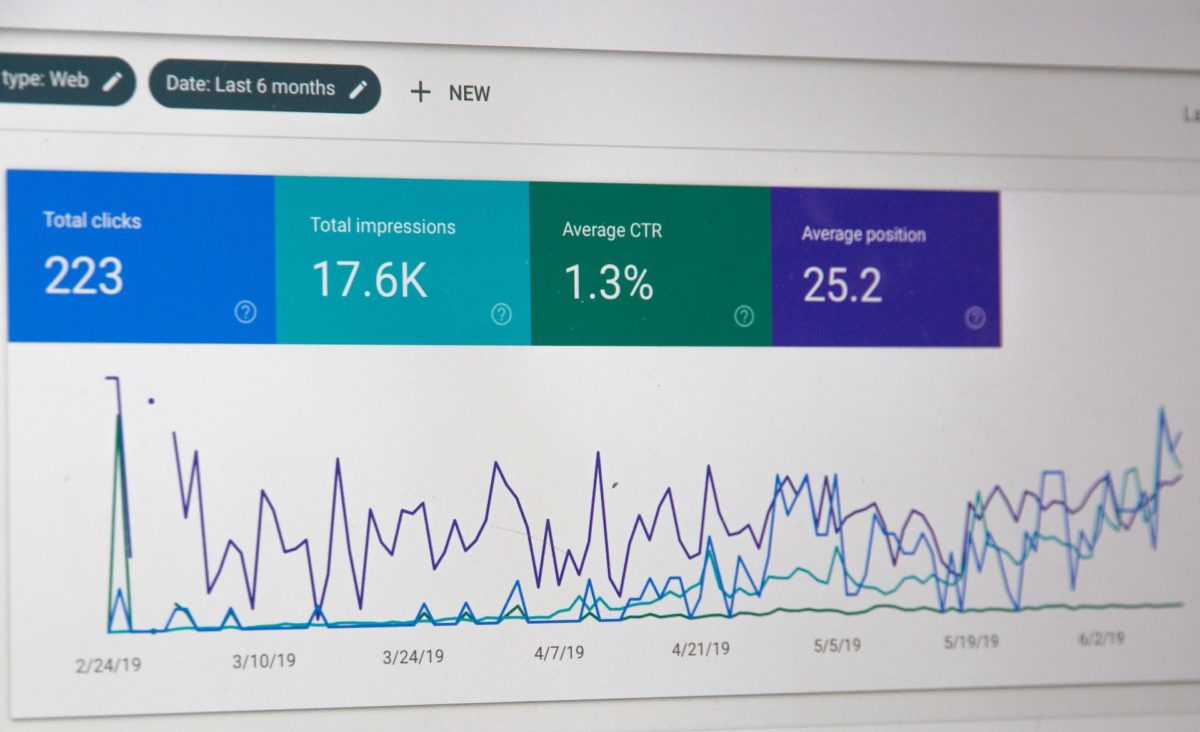
8. Prepare a big budget
If you want to become one of the high-end brands, and you expect your customers to pay a lot for your products, you have to take into account that you will also have to spend a lot of money on marketing. Hiring celebrities, producing commercials that have the quality of small film productions, stunning visuals, professional photo shoots, the best social media managers – these are all just the beginning of the expenses that await you. Unfortunately, even small businesses that claim to be premium have to amass a huge budget right from the start.
Creating your own luxury brand – summary
We hope that now you know everything about building a luxury brand communication and how to operate it so that it actually starts to matter in its sector. Ready to take your high-end brand to the next level? Our specialized brand consulting services are designed to enhance your online presence. If you need a custom website design that will perform well and be consistent with your company, be sure to contact us. We will meet all your expectations towards web design and provide comprehensive service!
